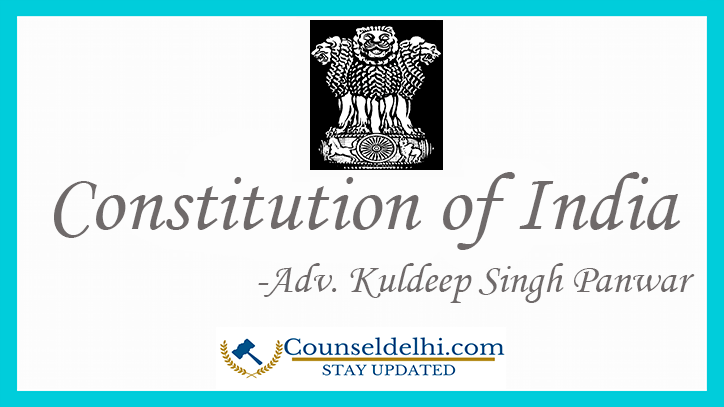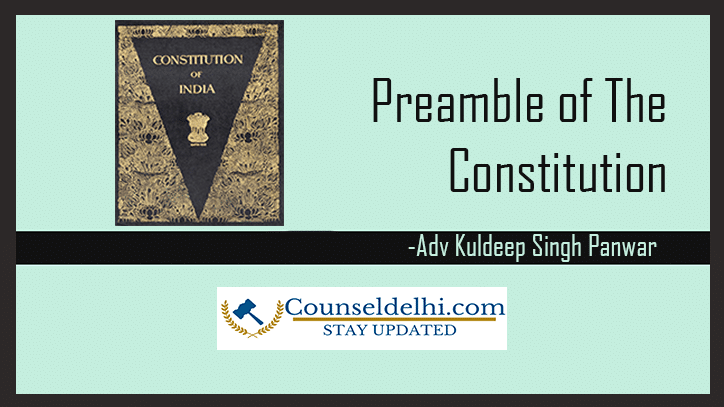The Indian constitution was adopted by the constituent assembly on 26th November, 1949. The Constitution of India came into effect on the 26th of January, 1950. The day 26th of January is celebrated as the Republic Day of India. Dr. B. R. Ambedkar was the chairman of the Drafting Committee and he is widely recognized to be the architect of the Constitution of India.
Hence, being the longest constitution of the earth, with its beginning it had 395 Articles in 22 parts and 8 schedules. It lays approximately 145,000 words. And today it has a preamble, 25 parts with 12 schedules, 5 appendices, 448 articles, and 103 amendments.
Today, The Constitution of India is the lengthiest constitution in the world. The constitution of India is the uppermost law on the land. The Indian constitution is popular for various purposes. It constructs the basic political theories, precepts, practices, rights, and duties of the government. It grants the supreme power to the constitution and limits the parliamentary powers. Parliament can’t override the constitution.
- The constitution has the laws regarding the government and its relations with the people.
- All other laws have to be according to the constitution.
Indian Constitution is concerned in two main aspects which are as follows:-
- Relation between the different levels of governments and between the government and the citizens.
- The constitution’s role in between the relationship of the government and its people.






